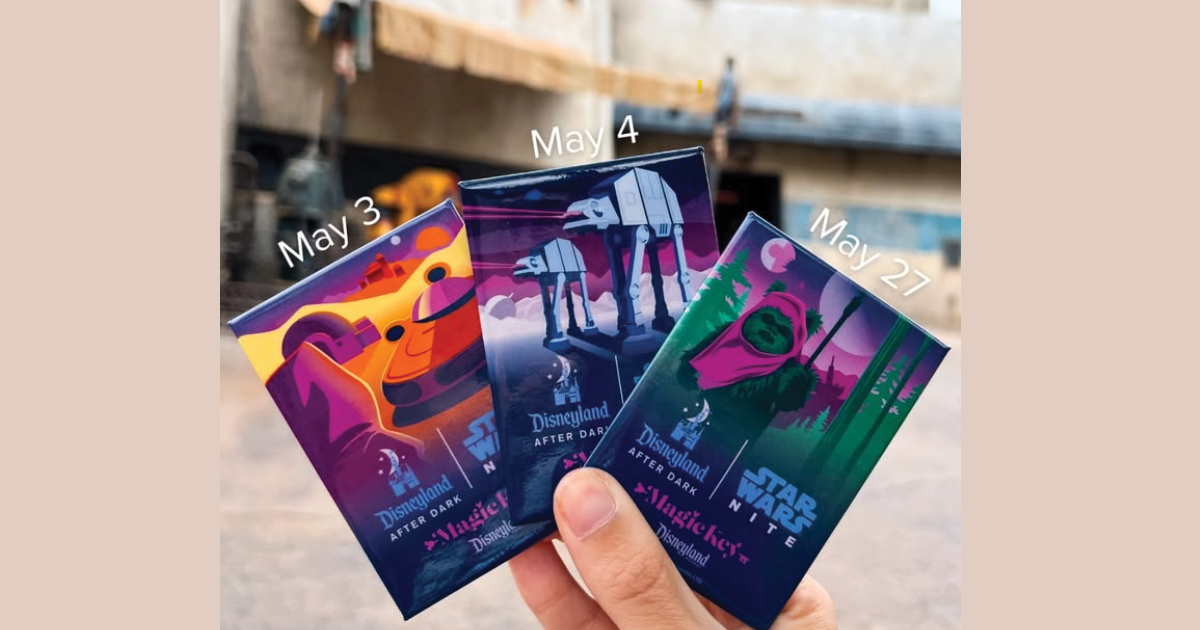The Flight Circle was a Tomorrowland attraction at Disneyland from 1955 to 1966, showcasing live demonstrations of model planes, tether cars, and boats. Set in a 75-foot circular arena, the free daily shows featured hobbyist-built vehicles performing stunts, powered by methanol engines, and sponsored by Wen-Mac Corporation (1955–1958) and L.M. Cox Manufacturing (1958–1966). It closed in 1966 for Tomorrowland’s redesign.
Here are 10 fun facts about the Flight Circle:
- Circular Stage Design: The 75-foot arena featured a central control tower, a shallow pool for boats, and painted runways for planes, all enclosed by a 12-foot safety fence to protect onlookers.
- Half-Hourly Shows: Free demonstrations ran every 30 minutes from park opening until dusk, showcasing model vehicles to guests without requiring additional tickets.
- High-Powered Planes: Model airplanes, fueled by methanol, had engines spinning at up to 18,500 RPM, executing maneuvers like loops, spins, and simulated combat sequences.
- Sponsor Evolution: Wen-Mac Corporation ran the show from 1955 to 1958, after which L.M. Cox Manufacturing took over, rebranding it as the Cox Thimble Drome Flight Circle until 1966.
- Hobbyist Performers: Local model clubs, such as the First All Speed Team (FAST), showcased their skills, flying tethered planes or navigating detailed boats in the arena’s pool.
- Varied Model Lineup: The show included tether cars modeled after real vehicles like Corvettes, plus boats resembling tugboats or yachts, all circling the arena on control lines.
- Walt’s Vision: Walt Disney championed the attraction to celebrate hobbyist culture, occasionally attending shows, which sometimes led operators to extend performances.
- Disney Media Feature: The Flight Circle appeared in the 1956 film Disneyland U.S.A. and the 1957 TV special Disneyland – The Park, showcasing planes landing on a model carrier.
- Precision Stunts: Operators demonstrated skill by flying multiple planes at once or starting tether cars with hand-spun wheels, ensuring flawless performances without tangled lines.
- Replacement by PeopleMover: The attraction closed in 1966 to make way for Tomorrowland’s 1967 overhaul, with its space repurposed for the PeopleMover, reflecting a shift to futuristic themes.




